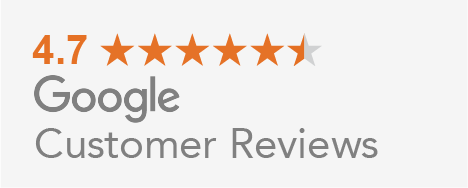Tiffany Mixon
Sr. Customer Success Mgr


Rex Kehoe
Director of Installers
Solar Installer Best Practices
November 18, 2019
You may have noticed we skipped posting a blog for Livestream #85- How to Claim the 30% Federal Solar Tax Credit. This is because we already have an in-depth post on the federal solar tax credit that covers all of the topics in the livestream! If you feel like you missed out, you can always watch the recorded video with the link above, or read all about the federal solar tax credit in the other link.
This week, Rex is joined yet again by solar installation expert Tiffany Mixon, the Sr. Customer Success Manager here at Pick My Solar, to walk you through every stage of solar installer best practices, from communication before the install, to main panel upgrades and usage, and everything in between.
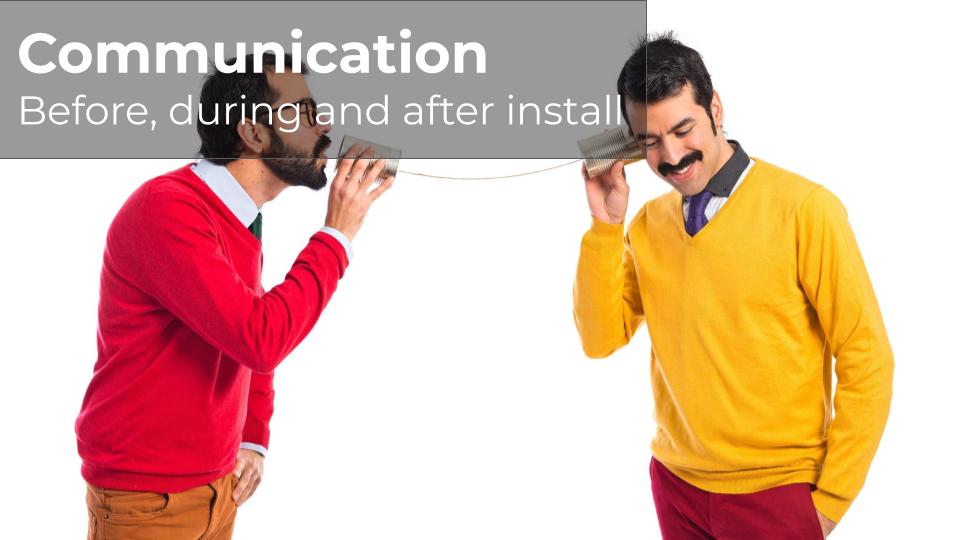
Communication: Before, During, and After Install
Although not necessarily directly related to the construction/installation of your solar system, proper communication before, during, and after the project is absolutely crucial in order to minimize problems and get your system up and running as quickly and efficiently as possible. The stakeholders in communication during a solar installation will include your installer, your utility, your AHJ/City permit office, potential subcontractors, supply companies etc., in addition to you, the homeowner. This is compounded by any last-minute changes to your system or its supporting pieces, like your roof or the electrical grid in your area. The nature of this communication is often very high-level and technical as well, raising the stakes and making it even more important that your installer, the main communicator in the process, is organized and coordinated. As you can imagine, there are a lot of moving parts in a solar installation that might not be very apparent at first glance. Direct, efficient communication from your installer helps to minimize the friction between these moving pieces, and ensure that your experience going solar is positive and simple.
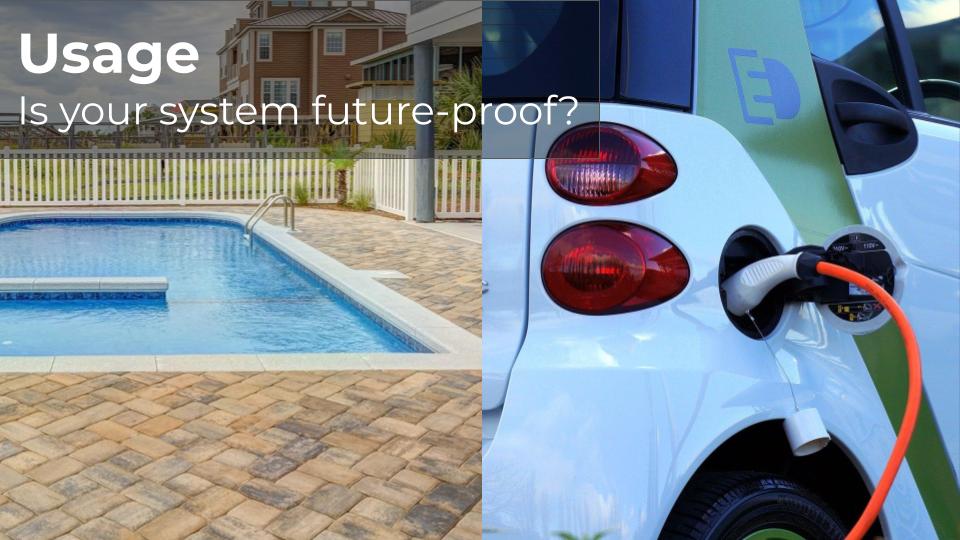
Usage: Is Your Solar System Future-Proof?
It’s a given that your installer will take your last 12 months of electricity usage, and utilize that data to properly size your solar system so that you generate all the electricity your home needs with your solar system. If you’re planning on putting in a pool, upgrading to high-efficiency fixtures, buying an electric vehicle, or sending a kid or two off to college etc., these are all examples of behavior that will significantly change your electricity usage. Any solar installer worth their salt will check with you to make sure that your solar system is set up to produce the right amount of energy while you make changes to your home and lifestyle. Failure to take these changes into account could lead to an overproducing system, or worse, a system that doesn’t produce all the electricity you need. Make sure your solar installer knows about all of the big, usage-affecting changes that you plan on making.
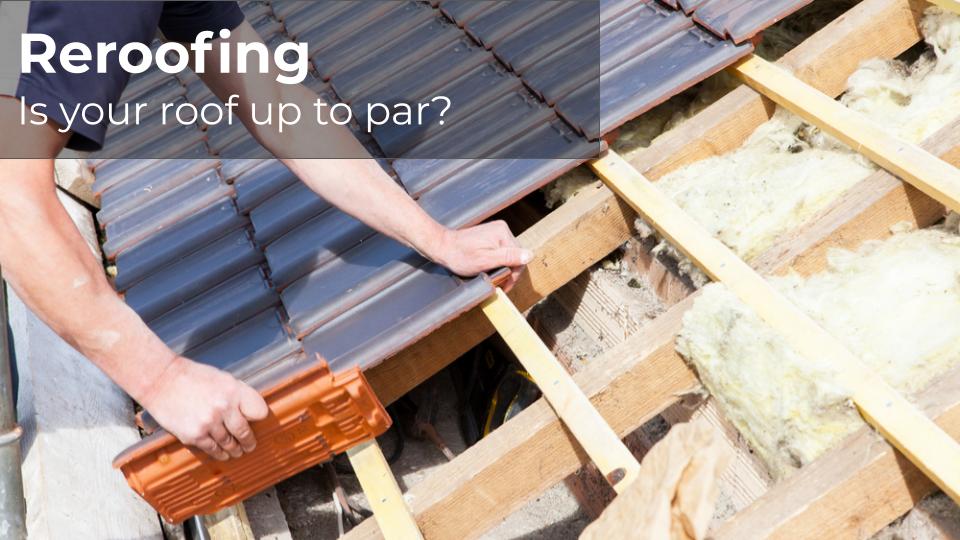
Reroofing: Is Your Roof up to Par?
The very first thing that your solar installer should check for when they come to your home to do a site evaluation is the condition of your roof. Your installer needs to make sure that your roof will be able to support a solar system for the next 20-30 years, without needing to be replaced. Your solar installer will have a workmanship warranty for the lifetime of your system, so they have a vested interest in making sure that you’ve got a sturdy roof, and that making the penetrations necessary for solar won’t cause any leaks or other damage to your home. If you’ve got a normal tile roof, for example, your installer will make sure your underlayment and paper are in good condition, and that your tiles are strong enough to withstand a solar installation. For a composite roof, your installer will make sure that your comp roof has enough of a lifetime left. As a rule of thumb, as long as your roof is strong enough to hold up for the next 5-10 years without being replaced, you probably won’t have to reroof before you go solar. If your roof is in rougher shape than that, you’ll probably want to consider replacing it before you go solar, so that you don’t have to uninstall your panels, redo your roof, and reinstall your panels in the near future.
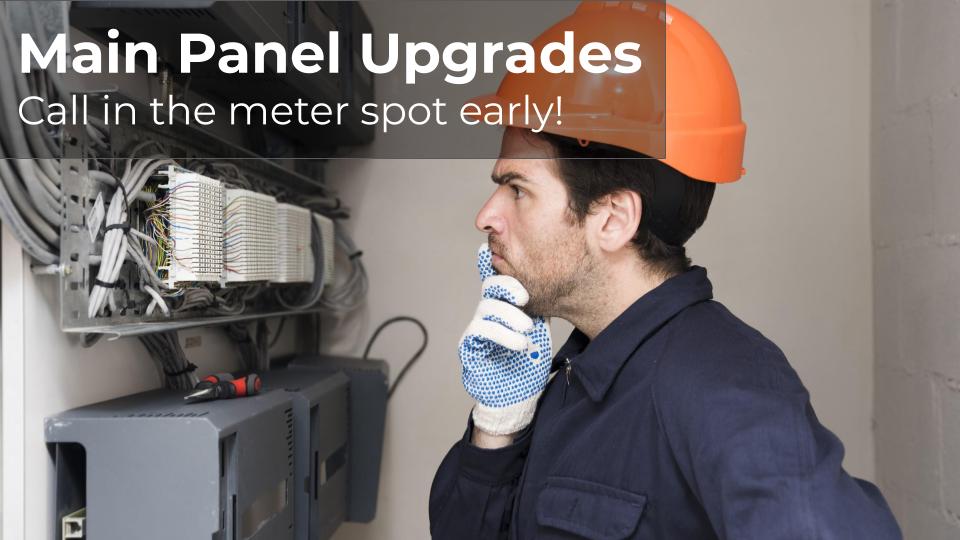
Main Panel Upgrades: Call in the Meter Spot Early!
The average solar system in the United States is around 6 kW. With that much extra energy involved in your home’s electrical system, it’s necessary to make sure that your main panel can comfortably handle the extra load before you install your solar system. If you do end up needing a main panel upgrade (which isn’t uncommon), your utility company will be called out to your home to assess the condition of your current meter location, wiring, transformer etc. This includes making sure that your meter is in a spot that is currently up to building codes. In the scenario where you may have to move your meter and upgrade your MSP, your installer should get the utility company out to your home early and make sure that your new meter spot is going to be up to code. Timeliness is everything when it comes to MSP upgrades and new meter spots!
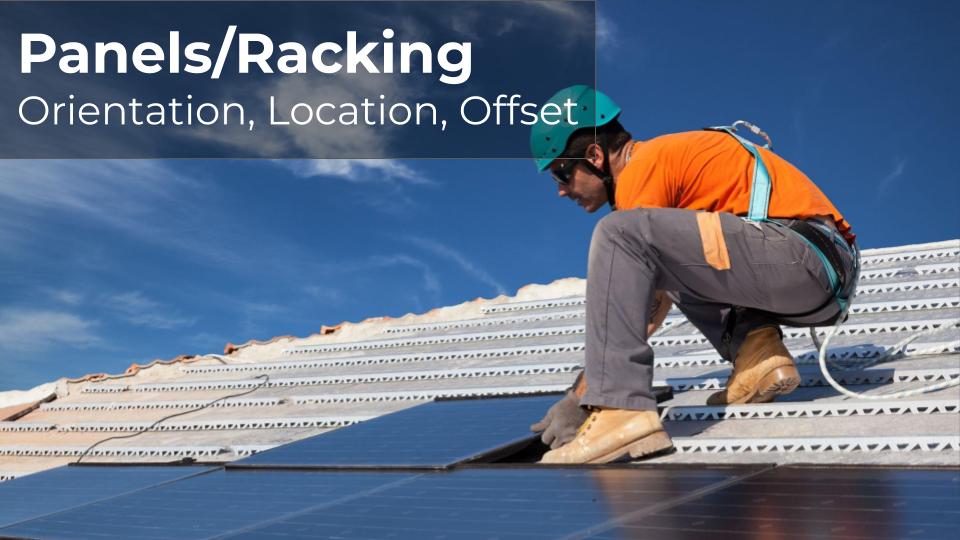
Panels/Racking: Orientation, Location, Offset
In addition to the obvious need to maximize sun exposure in the location where your solar array is being installed, there are other details with regard to positioning and orientation that a thorough installer will take into consideration before the actual install day. It’s important to make sure that there aren’t obstructions in the way or sources of shade that will lower the exposure of your system and decrease your power output. These could be vents, chimneys, trees etc. This also includes making sure that your panels are oriented in a aesthetically pleasing way, in an even grid if possible and with no outlying panels.

Flat Roof Installations: Always try to Install at a Tilt
This solar installer best practice is fairly self explanatory, but is worth mentioning. If you have a flat roof, it’s extremely necessary to tilt the panels toward the direction in which they will receive the most sunlight, and by extension produce the most power possible for your home. Aside from the obvious effects on efficiency and output that a properly tilted system will have, it also means less cleaning and maintenance for you, since normal rain and weather will clean your panels for you if the water has a well-defined flow direction.
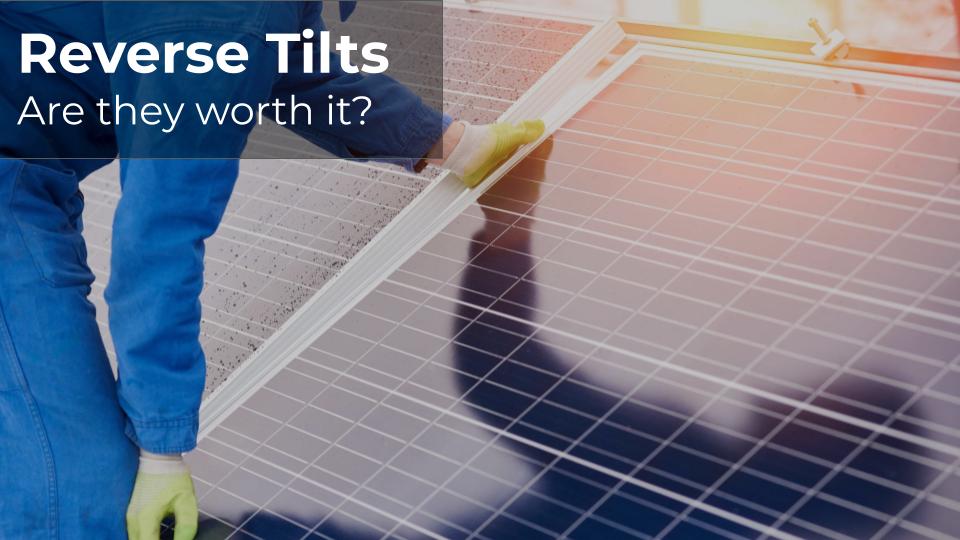
Reverse Tilts: Are They Worth it?
If your system has to go on the north side of your roof, for example, or there are other mitigating circumstances that warrant a tilted racking system, you may be able to install your system at a tilt to get a little bit of extra production out of it. Depending on the magnitude of the tilt, you may end up sacrificing some of the aesthetic qualities of your system by doing so. It all depends on where your system is located, and how much of the “looks” you are willing to sacrifice in order to get those extra few percentage points of sun exposure. Most Pick My Solar customers favor aesthetics over the increase in power, but it is absolutely up to you when you’re planning your solar project.
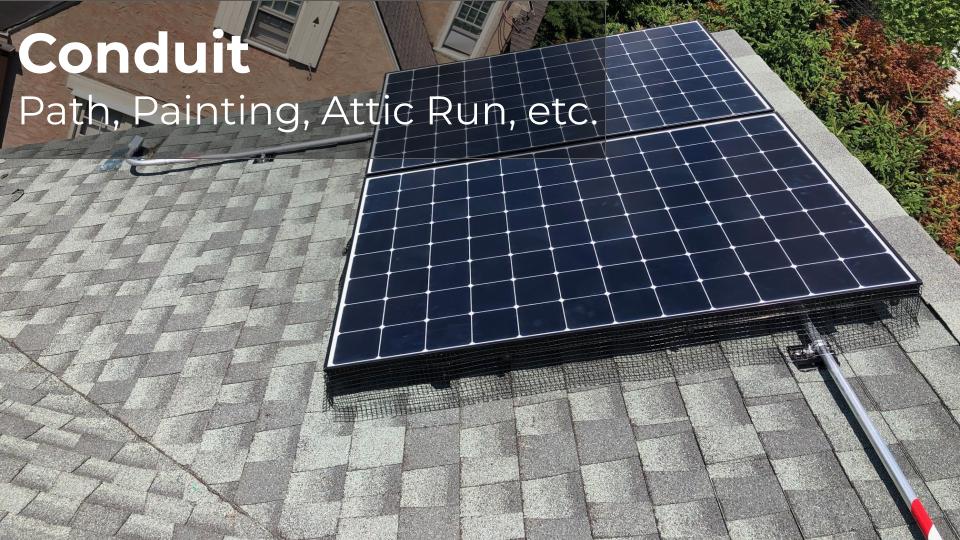
Conduit: Path, Painting, Attic Run, etc.
Conduit is a common concern for Pick My Solar customers. The best solar installers will run your conduit in a way that minimizes its profile against the side of your house. This can include running it along lines that already exist in the eaves, or even punching the conduit through your roof itself, and having an outlet for it along your gutters. Many customers want their conduit painted different colors along the conduit run in order to match their roof material and the material on the side of their house. Pick My Solar installers will make sure to do this for you, to leave you with the best-looking solar system you can possibly have. This ties back to the first solar installer best practice that we mentioned here, communication. As long as there is an open and direct line of communication from the installer to you and back, everyone’s needs should be accounted for and there should be minimal hiccups on the path to solar installation.
Have a question for our team? Leave us a comment in the video above and we’ll get back to you next week!
Interested in adding battery to your solar system? Get started here on our online marketplace where our team of trusted Energy Advisors will find the best deal for you!






